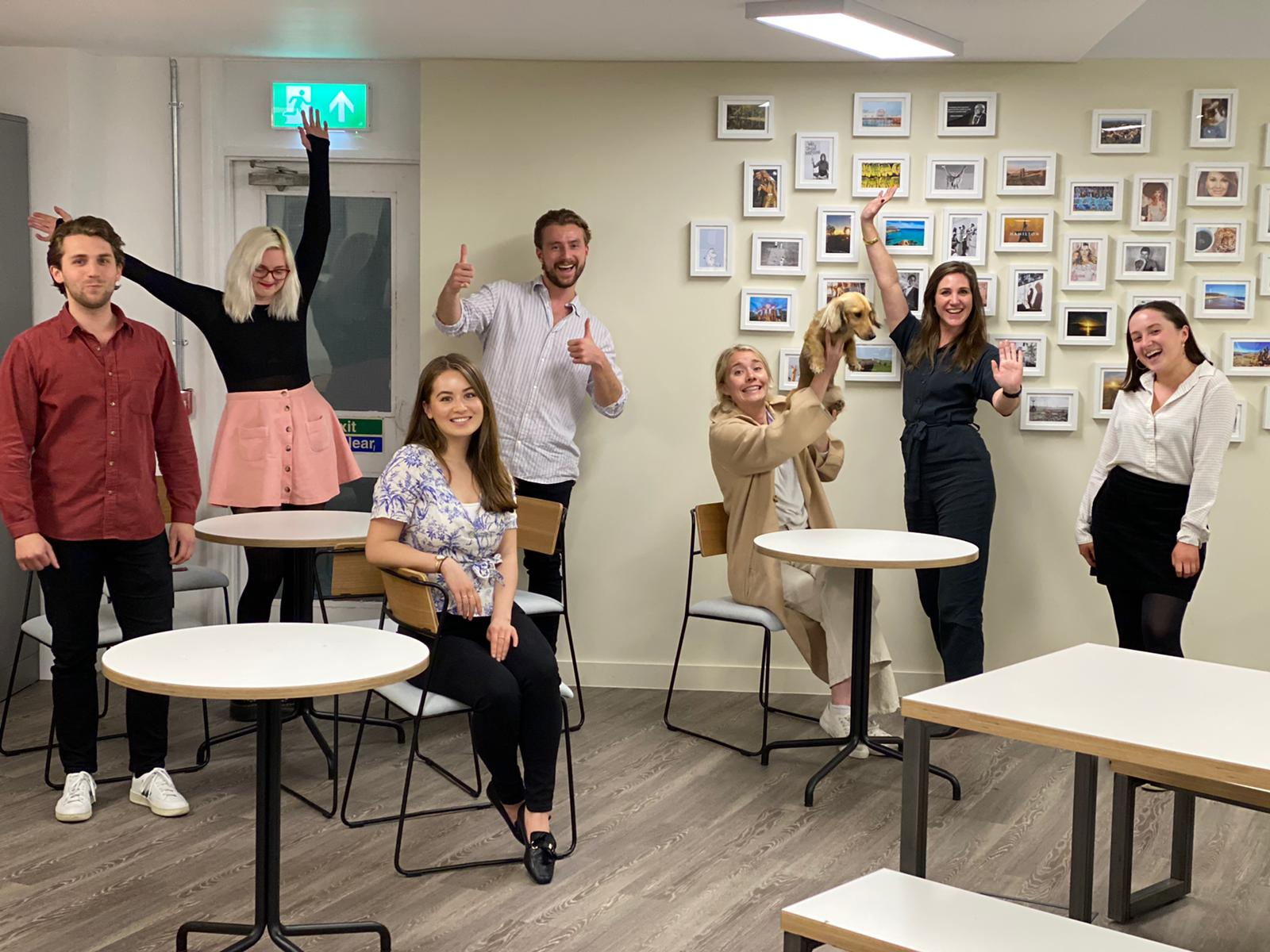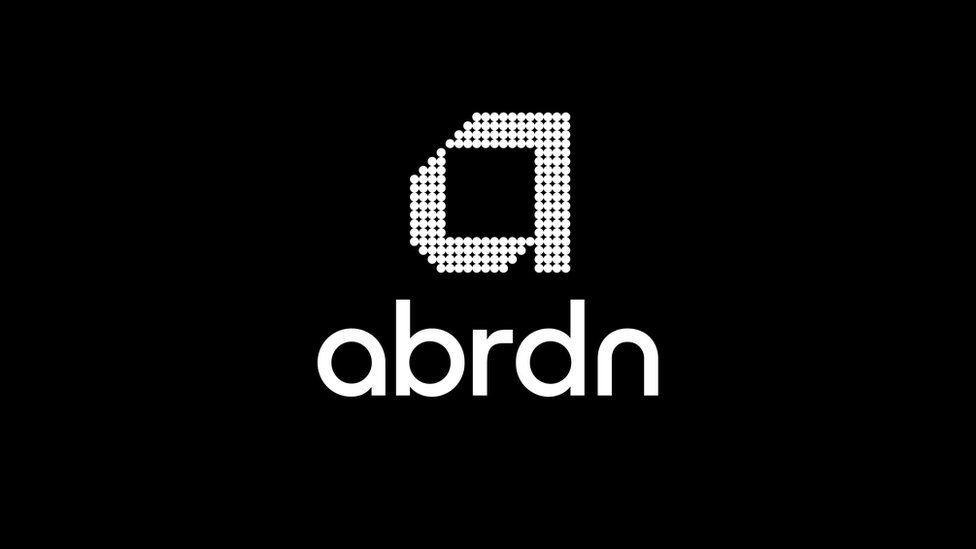Greenwashing: distinguishing between the cynical and the naïve

By Chris Bowman, Strategy & Content Director
A riddle for you: what gets dirtier as it washes?
The answer: a company that engages in greenwashing! Yes, I realise you probably guessed that from the title, but SEO and all that.
Since we started working on impact investing eight years ago, we’ve seen accusations of impact-washing and greenwashing slung back and forth in the press like so much mud. With the meteoric rise of ESG, the problem has only become more pronounced. It seems like, just as every cloud has a silver lining, every genuinely good thing brings a negative shadow along with it. A black lining, if you will.
Now, courtesy of Bloomberg Green, we have been introduced to the new term of ‘transition-washing’. Closely related to greenwashing, this describes firms using the energy transition (e.g. in the context of transition-bonds) to sell business-as-usual as novel and a step forward for the transition.
Witness the same pattern: a new concept or instrument is created to do some good in the world, someone quickly co-opts and corrupts it to achieve the opposite. As sure as night follows day.
However, in our opinion as communicators in the space, there is a vital point of nuance missing from the debate and media coverage of these phenomena.
We must distinguish between cynical and naïve green/impact/transition washing.
Intent matters hugely, as it changes the communications challenge considerably.
Cynical washing
Abandon hope (of good comms) all ye who enter here. These are the types of reputational laundry shenanigans that are intentional and done in full knowledge of their falsity. If you wanted to raise money to drill for oil in an Arctic nature reserve but to also stick a wind turbine on top and raise a greenbond, well, short of some truly spectacular mental contortions, you would know exactly what you are doing.
As comms professionals who haven’t quite contracted out all of our integrity (I like to maintain a strategic reserve), we can’t and won’t help you here. Even setting aside the moral question, it’s not worth our own reputations.
Naïve washing
This is a quite different matter – but it may not be seen that way by the press and other external stakeholders, which is why it’s where expert communications support can be most effective.
There are companies out there saving rainforests and installing solar panels, and there are those drilling like it’s going out of style and sowing misinformation about climate science. But there are a lot more companies in between.
These are the companies that may not be flawless, and may not have a pro-climate product or service at the heart of their offering, but nonetheless are making good faith attempts to be better.
The problem is, they may not always get it right. Or they may have some limited success but over-claim their impact with super eager communications. For example, a firm may switch 10% of its heavy goods fleet to hydrogen and rightly celebrate it, but it can’t act like the other 90% of diesel vehicles aren’t there – at least not without inviting censure.
If claims are made prematurely (i.e. before the programme is successful), without the right contexts or caveats, or overzealously, then the company in question opens itself up to claims of green/impact/transition washing just the same as the cynical example above.
Whether it deserves it or not.
That’s precisely where a company can benefit from an external communications partner – someone a step removed and not too immersed in the company culture and message, and who keeps in close contact with the relevant ESG news stories and the journalists who write them. The right agency knows which stories to push and celebrate, and which to pare down a little to avoid kickback – in other words, when and how to enhance your reputation and when and how to protect it
Related News
-

Why insight, not identity, builds stronger energy brands
November 13, 2025 -

Marketing budget cuts? Drive ROI with creativity
November 12, 2025











